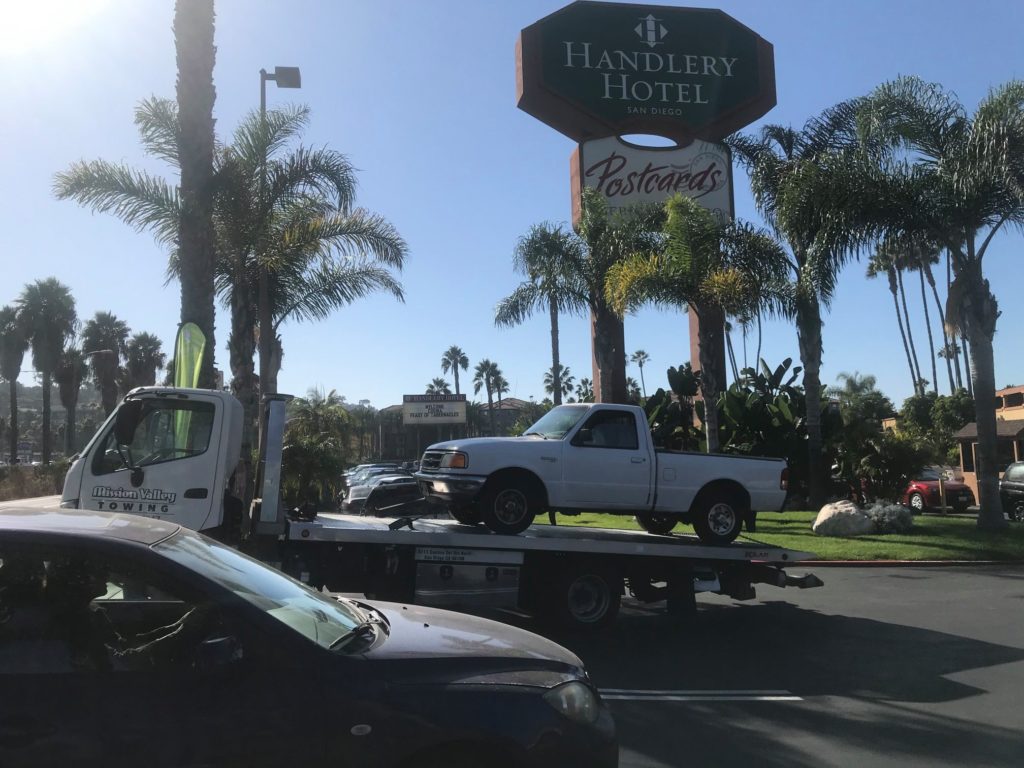Many times, we have a situation like this: our vehicle has a problem, and we are not able to drive it anymore. But, when that happens, we don´t tend to proceed always in an appropriate way. Actually, we can make many mistakes. Those mistakes can put our live in risk… That is why is so important to know what to do in a common situation, like this one.
What is first?
Approaching traffic should be warned of the incident. Flashing lights, flares, signs, barricades, cones and flaggers should be deployed as appropriate to prevent additional vehicles from becoming involved, and or additional incidents altogether. Sight distance to the incident as well as to overall recovery area must be considered and addressed in order to prevent additional vehicles from becoming involved.
Drivers, by-standers, responders, and anyone else must be protected from harm. Injury or death from fire, explosion, equipment failure or malfunction must be considered and addressed by establishing safe distances for those around.
Property damage at the scene, including but not limited to fluid debris on the roadway, soil contamination from fluid debris, damage to grass, trees, shrubs, etc. should all be identified and remediated.
Vehicles should be recovered and positioned for loading as appropriate for transportation away from the incident scene. This will often require the use of a winch and appropriate rigging (chains and other hardware). The tow truck, winch, and all necessary hardware must be properly sized and in good working order. Attachment to the casualty should be made to a structurally significant member. Movement of the casualty during winching must be anticipated and planned for to prevent damage or injury.
Vehicle manufacturers’ procedures for securing and towing should be followed to ensure damage free transport.
Vehicle damage sustained in a crash can lead to additional problems later on. Damage to a vehicle’s wiring can lead to a fire hours or even days after the initial crash. Damage to the passenger area or cargo area can leave the vehicle’s interior and or contents exposed to the elements. Thin film wrap (Crash Wrap) should be applied for protection.
With proper tools and training, Towing and Recovery Companies can fulfill their duties without adding to the damage or injuries.
You may need to tow a vehicle for a number of reasons, including moving, taking your vehicle along on a trip, or transporting it to another location. Whatever your reason for towing a vehicle, you need to know how to properly tow it. And that is why is always so important to know the safest way to do it, or just call for help immediately.
For more information about towing prices and how to save money on your next towing service, call Mission Valley Towing at (858) 278 1247 we are a flatbed towing company available 24/7 in San Diego, CA.

